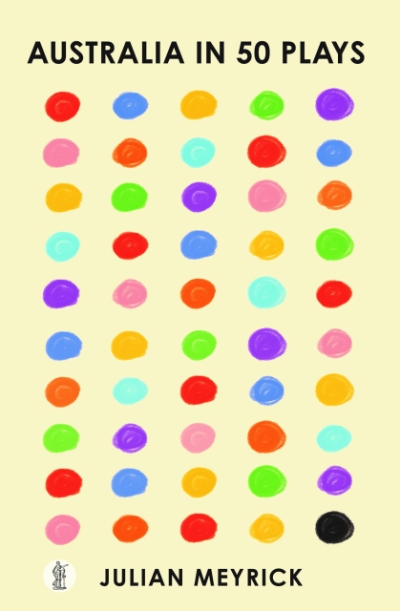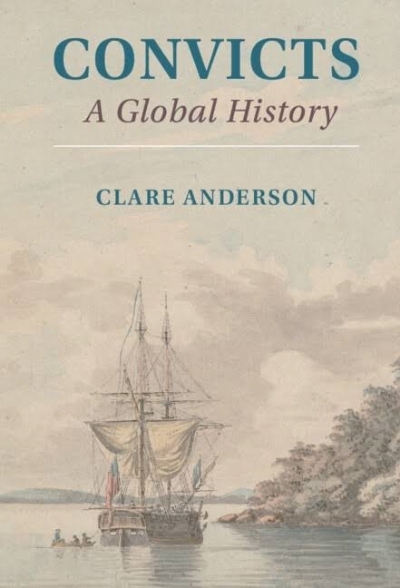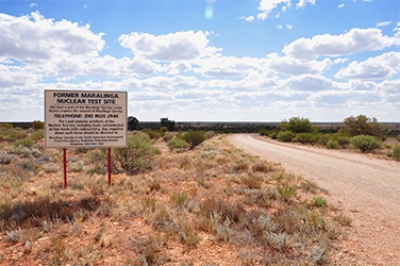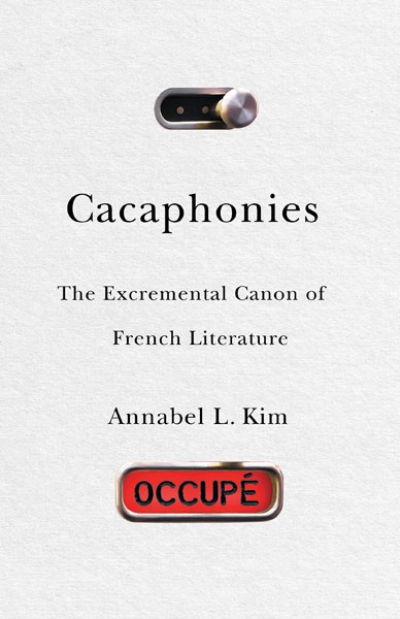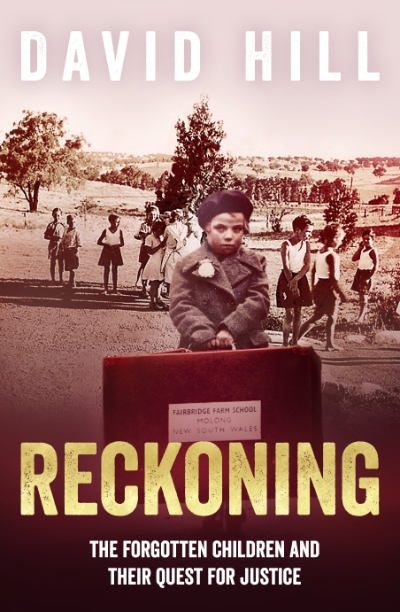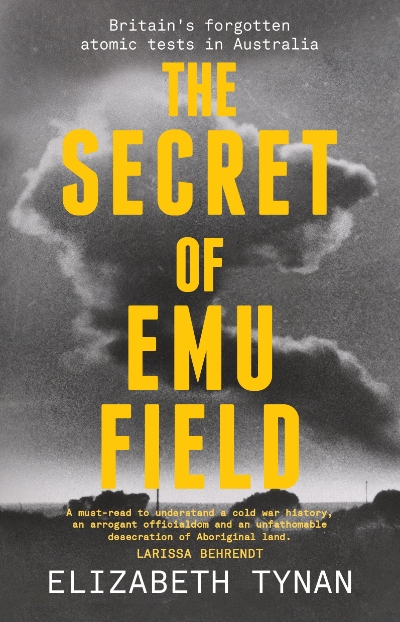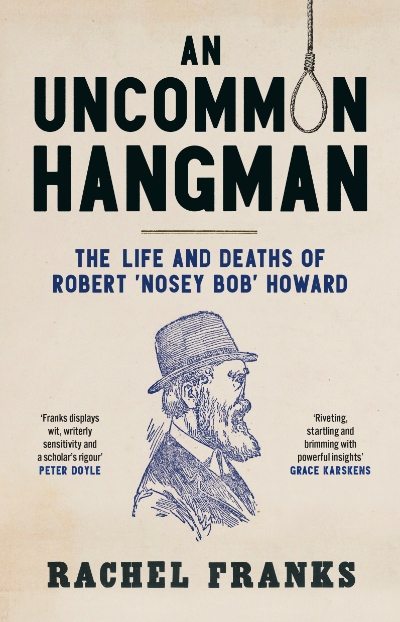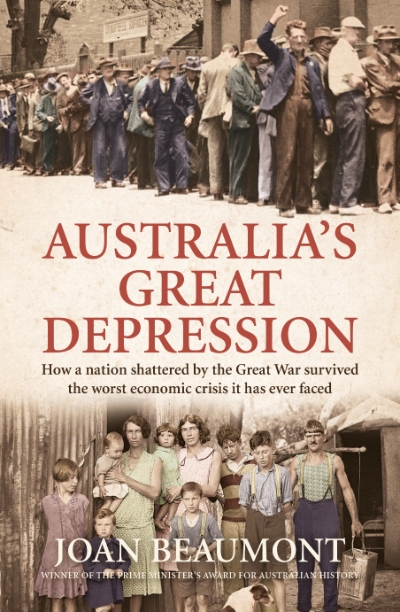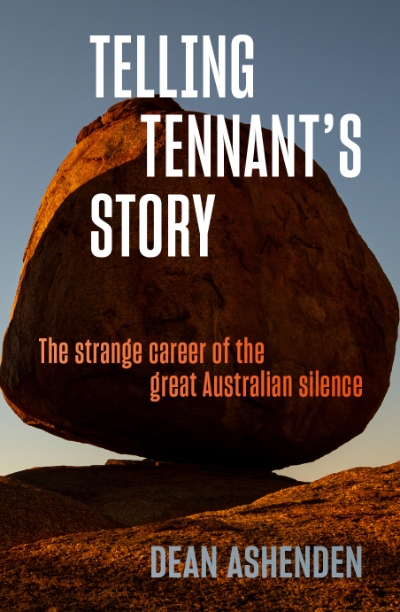History
Maria Theresa: The Habsburg empress in her time by Barbara Stollberg-Rilinger, translated by Robert Savage
by Miles Pattenden •
When I was launching my book Atomic Thunder: The Maralinga story in 2016, one of the guests put it to me that the name Maralinga should be just as recognisable in Australian society as Gallipoli. This comment suggested that the British tests had a broader meaning that spoke to a national mythology and were not just interesting historical events.
... (read more)Cacaphonies: The excremental canon of French literature by Annabel L. Kim
by David Jack •
Reckoning: The forgotten children and their quest for justice by David Hill
by Jacqueline Kent •
The Secret of Emu Field: Britain’s forgotten atomic tests in Australia by Elizabeth Tynan
by Michael Winkler •
An Uncommon Hangman: The life and deaths of Robert "Nosey Bob" Howard by Rachel Franks
by Penny Russell •

